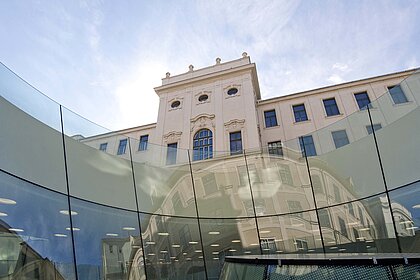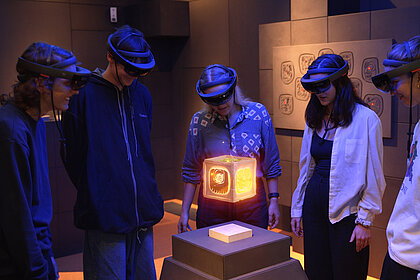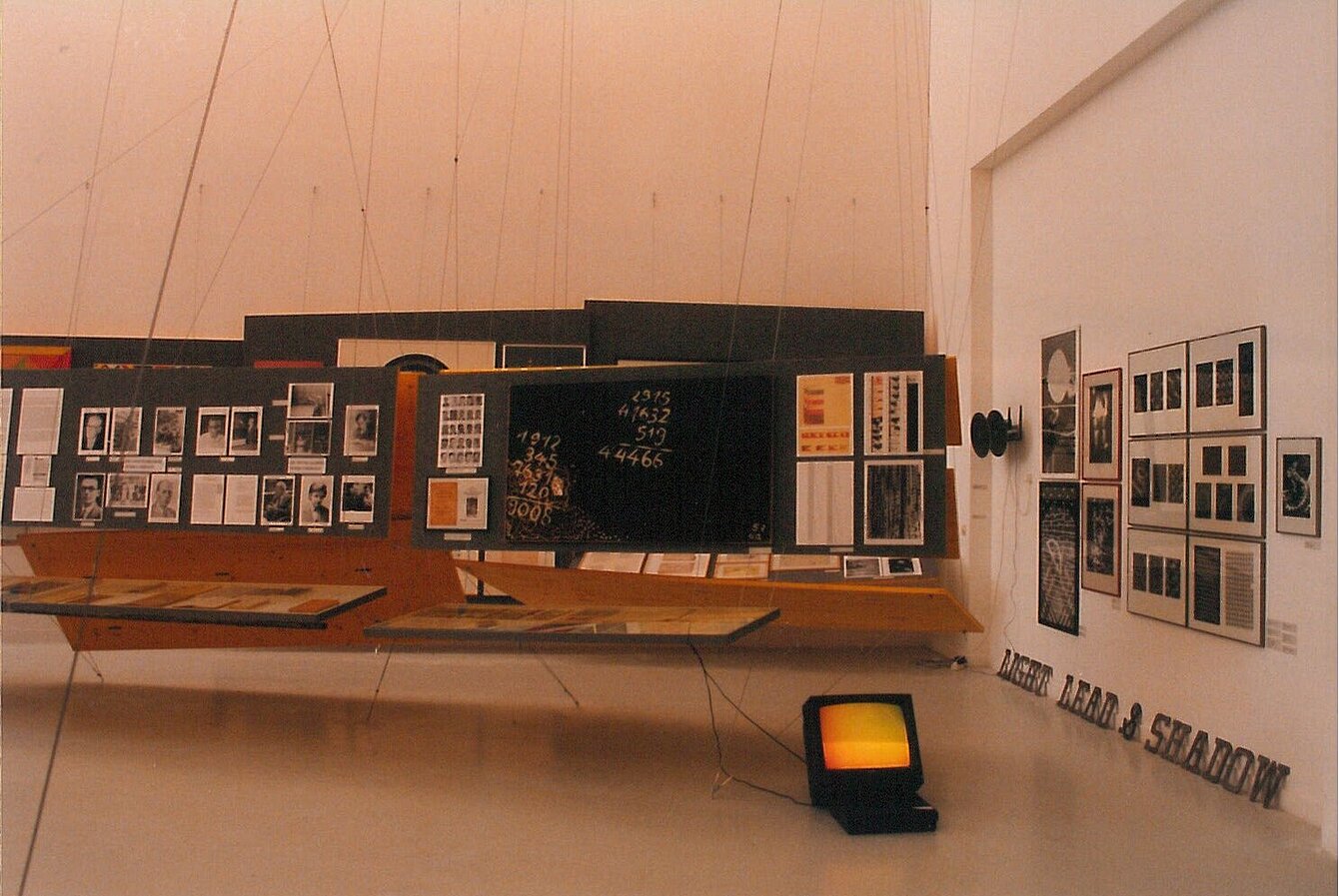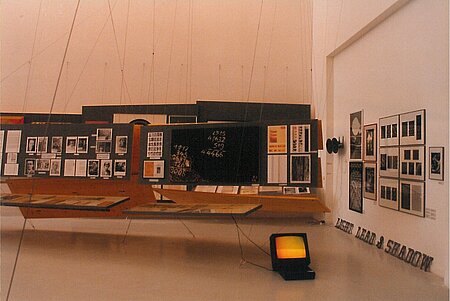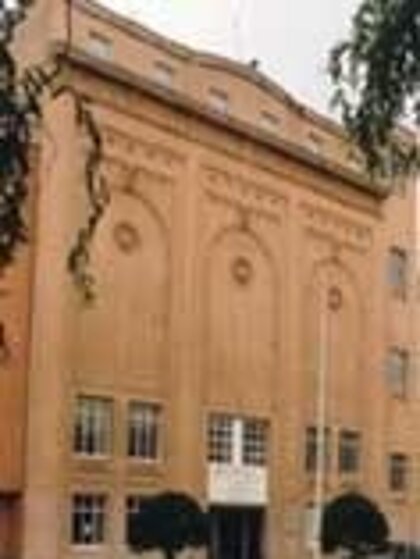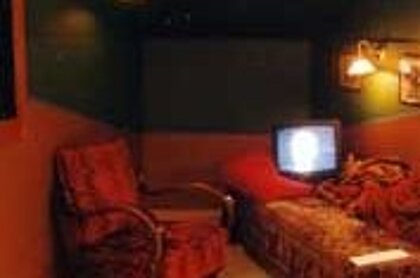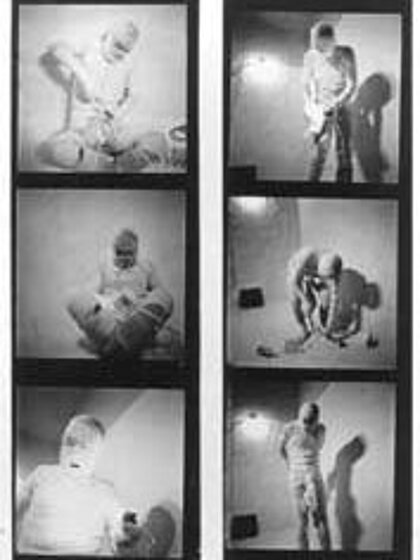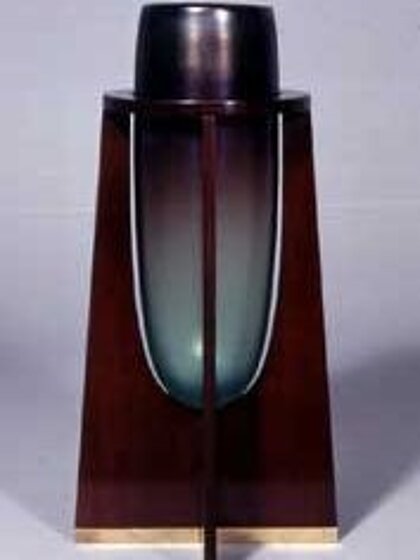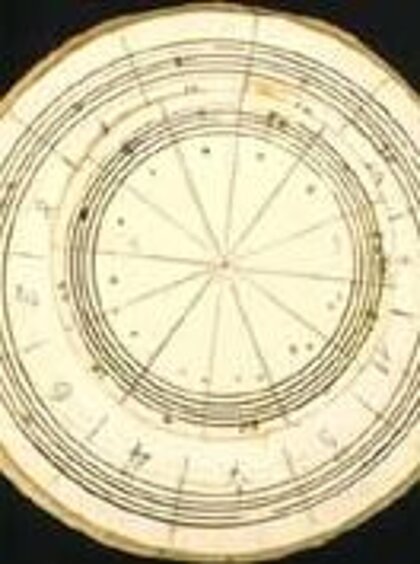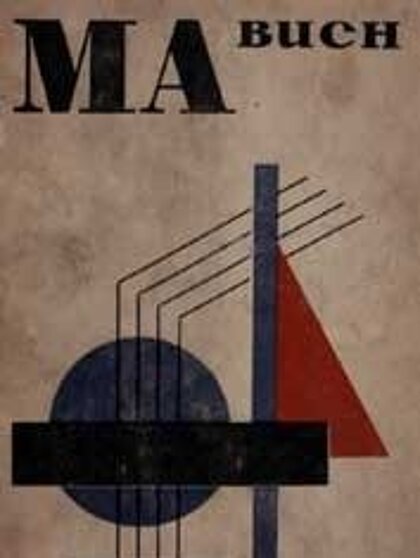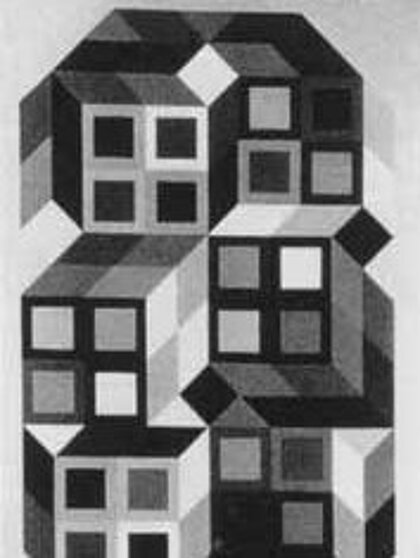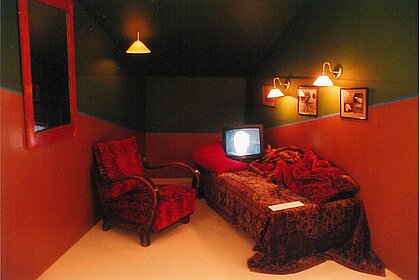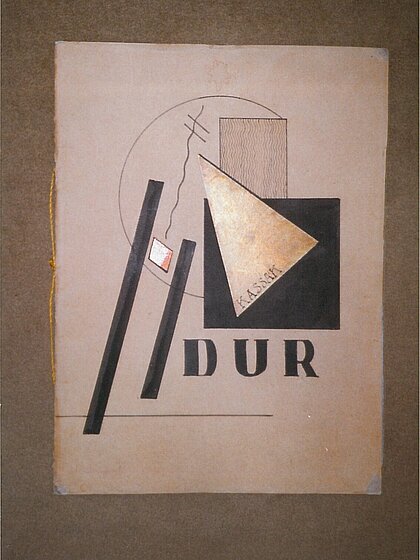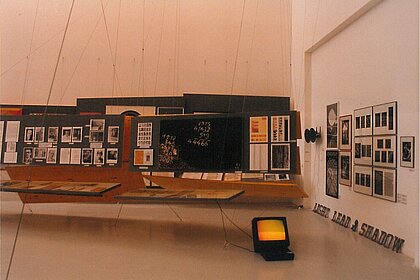Like sailors we are who have to rebuild their vessel at sea, without ever being able to disassamble it in the docks and rebuild it from the best parts available.
Otto Neurath, 1932
Scientia sine arte nihil est;
ars sine scientia nihil est.
Jean Vignot, 1392
In historical models, art, culture and science are described as developments taking place within a continuum of identities. Culture is seen to evolve from a geographical, religious, linguistic, ethnic, political and national unity. In view of a Europe, torn asunder by two world wars, in which fascism, communism and National Socialism forced a mass exodus of the intelligentsia to all corners of the globe, in which culture has repeatedly been smashed and destroyed in the name of some people or state, and which is marked by global migration in the age of post-colonialism, such traditional models of the cultural nation prove to be irrational, unreal and reactionary dreams. This exhibition presents a new model: Culture evolves beyond geopolitical and ethnic codes – it is created by members of a community that transcends geographical, ethnic, linguistic, political, religious, state and national borders.
In view of their common Kakanian history (Kakania was the ironic name Robert Musil gave to the Austro-Hungarian imperial and royal dual monarchy), the cultural landscape of Austria and Hungary would appear to have become fated to be a scene of pleasing illusions, hackneyed clichés and outdated conceptions of history in the service of ideologies that range from being conservative to obscure. Most conceptions of Austria and Hungary are the result of a colonial view from the outside to which these countries have to some extent submitted and which is described as the realm of anecdotes and curios, as a merry apocalypse. The ahistorical consciousness industry of post-Fascism has created distorted images of Austria and Hungary. The aim of this exhibition is to attempt to present the unknown reality of the cultural and intellectual history of Austria and Hungary in the twentieth century. Despite political destruction and obstruction, both countries have either founded or played a major role in establishing analytical directions in art (for example constructivism, kinetics, op art, actionism, deconstructivist architecture) and schools of thought (including psychoanalysis, philosophy of language, game theory, cybernetics, quantum physics) that are specific autonomous contributions to world culture. The achievements and works of some 100 Austrian and Hungarian artists and as many scientists each are joined together to form a kind of mosaic according to a new model of historical problems and methods in the close link-up of art and science (instead of the usual model of individual achievements and specific styles).
The Kakanian cartography of culture outlined in the exhibition also presents science and art that were established beyond the borders of Austria and Hungary, but equally so art beyond art, for culture not only continually goes beyond the borders of a territory, a language, a state, a people, a nation, a region, culture also continually transcends its own borders as a knowledge-producing system.
This constant transgression of (historical) art and its own consensual borders creates the dialectics of the avant-garde, the driving force of modern art whose development is ever accompanied by legitimising processes of observation and self-observation. In modern times, art and science strive to found themselves analytically. This analytical trend of radical self-investigation in philosophy, science and art that is constantly widening the borders of the concept of art even as far as self-disintegration, is expressed in the quotation by Otto Neurath. Going beyond art proves to be an underlying principle of European culture (modernism). By example of the joint cultural and intellectual history of Austria and Hungary in the twentieth century, particularly distinguished by abstracting methods of world view (in the form of formal science and art), the exhibition traces the European lines of tradition that are bound to Cartesian rationality, its founding urge and derivative transparency. Analytical observation of itself is an integral part of the context of foundation, it is one of the key constants and the driving force of modernism. The exhibition aims to investigate these analytical trends of the project of modernism along three axes.








